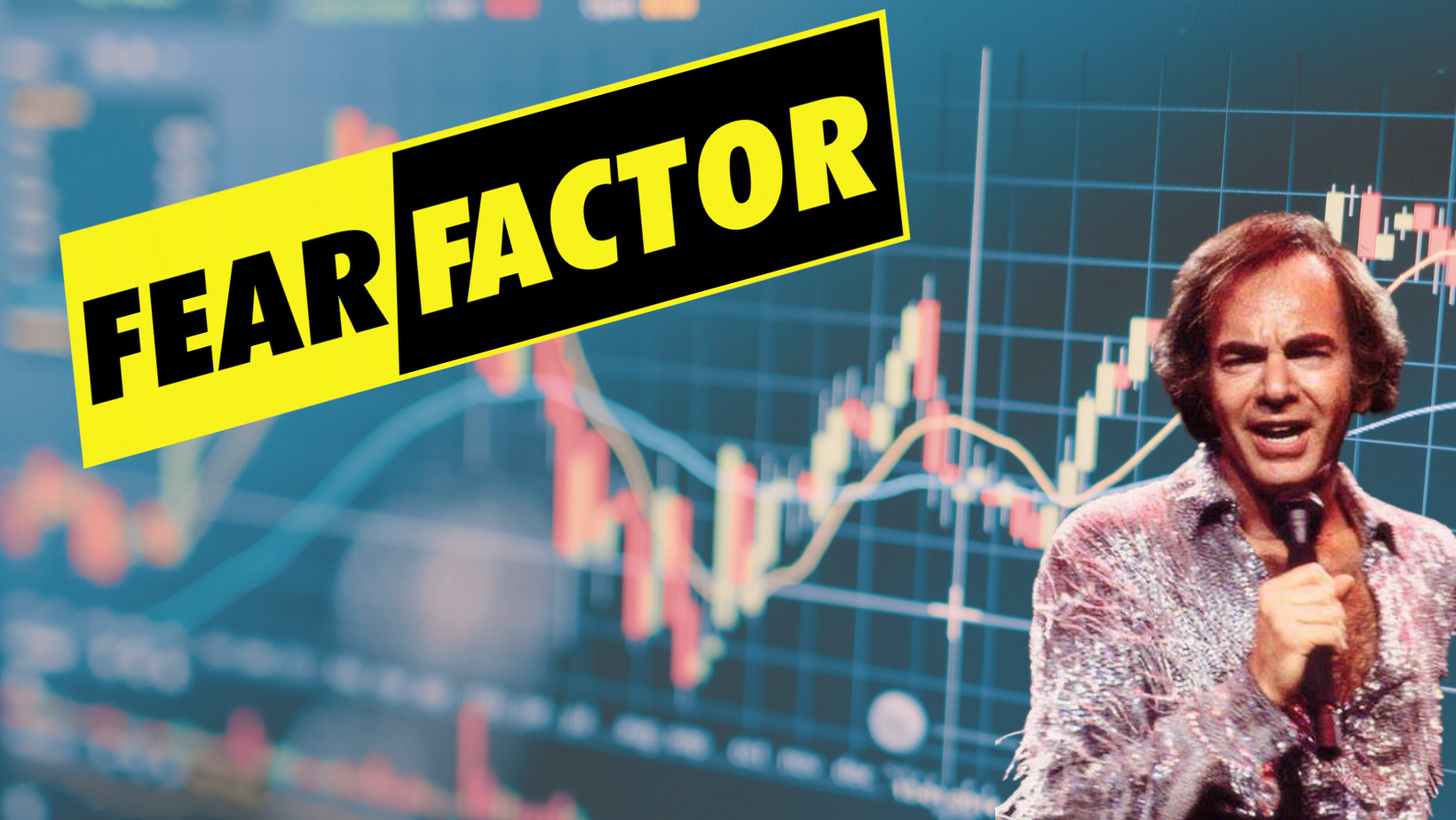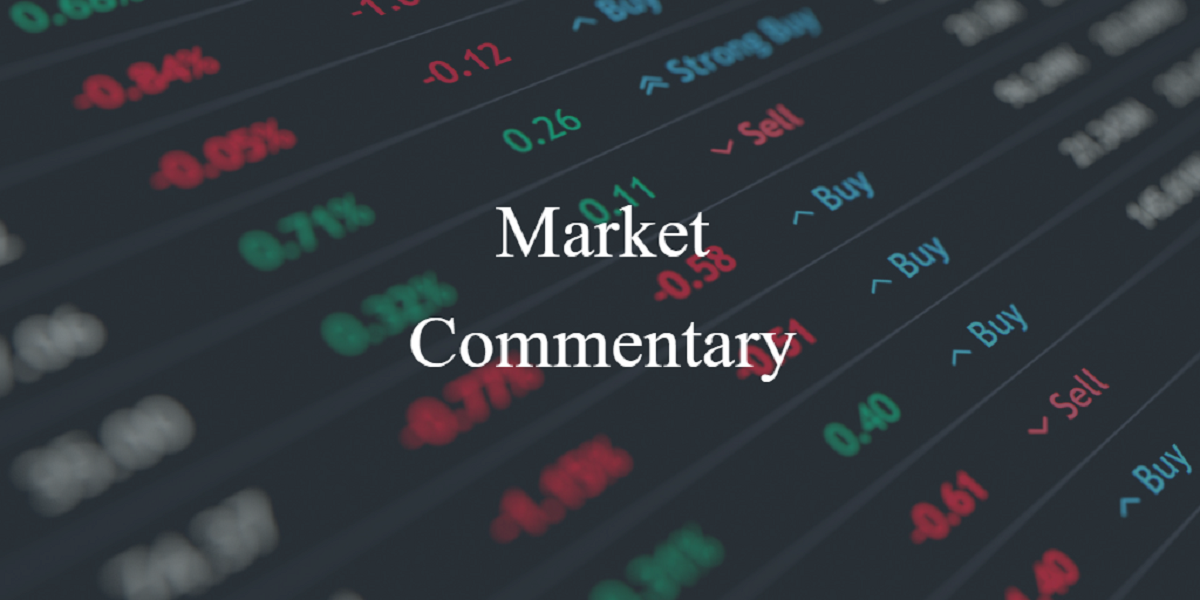Category: Investment Planning
I am sure you, like me, have been watching the unfolding events in the banks over the last couple of weeks with a level of apprehension. At the heart of the issue is the banking system’s exposure...
Fear Factor
When I say ‘fear factor,’ I’m not talking about that old American television game show from the early 2000s where contestants blindly stuck their hands in boxes of spiders *shiver*,...
Market Commentary
Note: This market review was published on May 24th, 2022 and may not be reflective of current market or investing issues.
“A genius is the man who can do the average thing when everyone else...
Quarterly Market Commentary
Note: This market review was published on November 2nd, 2021 and may not be reflective of current market or investing issues.
The third quarter was an eventful one in the US, although the S&P...
1st Quarter 2021 Market Commentary
Note: This market review was published on May 3rd, 2021 and may not be reflective of current market or investing issues.
The first quarter saw strong equity returns in the US with the S&P 500...
4th Quarter 2020 Market Commentary
Note: This market review was published on December 28, 2020 and may not be reflective of current market or investing issues.
As 2020 comes to a close, it is a good time to reflect on how markets...
3rd Quarter 2020 Market Commentary
Note: This market review was published on July 15th, 2020 and may not be reflective of current market or investing issues.
The first half of 2020 brought volatility back to the markets that has...
2nd Quarter 2020 Market Commentary
Note: This market review was published on April 8th, 2020 and may not be reflective of current market or investing issues.
2020 started off with a continuation of the longest bull market in history,...


